Whilst the skills required are reasonably easy to acquire, the attention to detail, the consistency of approach and the standard expected influences the performance of the surface, as much as the quality of the turf used.
The installation team should be experienced, organized and have the right equipment. It is also essential to ensure that there is site supervision to ensure the overall quality of the work. Whether the pitch is ultimately tested to governing body standards or not, achieving the right result should not be in question. As a quick guide you should:
- Not be able to see any seams or joints between rolls of turf
- The depth of infill should be the same from pitch edge to pitch edge, at the desired height below the fibre top
- There should be no long fibres, either single or in tufts, or loose fibres left on the surface after lines have been cut in.
- All playing lines should be consistent and straight (curves and circles excepted).
Understanding what goes into synthetic turf installation can help appreciate how a top class playing surface is achieved. The procedures are:
- Off-load the synthetic turf rolls and place around the pitch according to the roll numbers on the site plan
- Line up the rolls with inlaid lines in the correct place, and unroll all rolls, across the pitch or along its length, as directed in the site plan
- Overlap adjacent rolls by approximately 50mm. Using specially designed sharp knives cut through both turfs, and drop into place, so the rolls now butt one another with no gaps
- Fold back each edge and lay a 300mm wide seaming tape down the length of the joint, ensuring the tape is under both edges. Now spread the adhesive across the tape and lay the edges of the rolls carefully back on top of the tape. Weight is then applied to press the adhesive onto the back of the carpet
- Dependent on the desired field layout, coloured lines and field markings will be installed. Some lines will be manufactured into the turf, but others will need to be cut in. The same jointing procedure as for seams, is followed
- The infill material is applied using a mechanically-operated spreader to control the desired fill rate. For 3G pitches, this starts with a sand layer followed by the rubber layer. For sand dressed hockey surfaces this will only be sand. To achieve accuracy this may be done in several passes, ensuring total consistency in depths
- The pitch is constantly brushed during the infill process and again on completion, ensuring all fibres are upright and the desired height of fibre above the infill is achieved.
The pitch is now available for field testing and can be handed over for use.

Enjoy This Post?
Sign up for regular updates direct to your inbox




